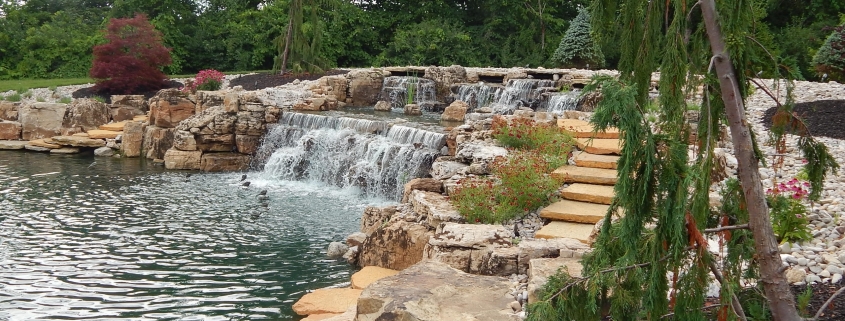How to Shock a Pond Quick How-To Guide
If fish are dying in your pond or if you see lots of algae, it may be time to shock the pond to clean it up. Algae needs oxygen to grow, just as fish and aquatic vegetation do. However, too much algae can rob fish and plants of the oxygen they need. Shocking your pond and getting rid of the harmful algae can restore the clean, clear look to you pond. Because desirable plants and animals live in ponds, owners look for natural enzymes and organic compounds to clear the water. Chlorine should only be used as a last resort.
Remove all dead or decaying plant and animal life from the pond. Algae feeds on the decay process.
Place the correct amount of algaecide in your pond according to manufacturer’s directions. For example, if you have a 120-gallon pond, you would need to use 2 teaspoons of general Algaecide. Each algaecide is different, so read the directions closely.
Let the pond pump aerate and spread the algaecide. If algae is still present after a week, shock the pond again.
Pond Renovation: Revitalize Your Oasis
This blog highlights the necessity of pond renovation to maintain its aesthetic and ecological health. The post discusses signs indicating the need for renovation such as algae overgrowth, water leakage, poor water quality, and outdated design. The benefits of hiring renovation experts, who possess the expertise to navigate complex issues, provide customized solutions, and have access to high-quality materials are also discussed. The detailed renovation process is elaborated and finally, reassurance is given that renovation experts can breathe new life into tired or troubled ponds by viewing issues as opportunities for transformation and improvement.
Waterfall and Stream Installation
Waterfall and Stream Installation: In the world of outdoor landscaping, few elements evoke a sense of enchantment and serenity quite like the harmonious interplay of waterfalls and streams.
Aquascape Pond Installation: The Art of Creating Tranquil Oases
Imagine the soothing sounds of water gently trickling over rocks, creating a melodious symphony that instantly transports you to a place of tranquility and serenity…

 meyer aquascapes
meyer aquascapes Meyer Aquascapes
Meyer Aquascapes Meyer Aquascapes
Meyer Aquascapes
